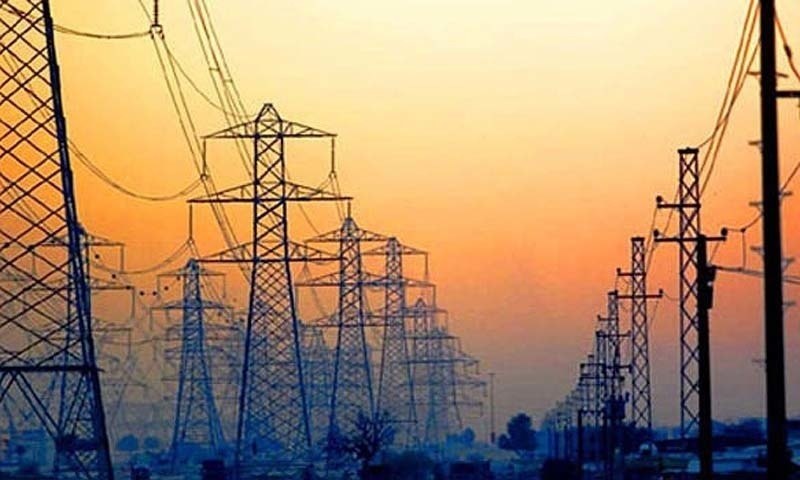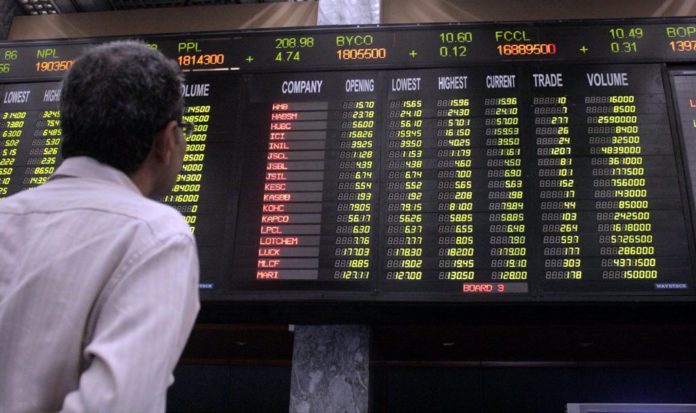The government, under the leadership of Pakistan Muslim League-Nawaz (PML-N) President Nawaz Sharif, has announced a substantial relief on electricity bills for the months of August and September 2024.
This relief, detailed in a press conference alongside Punjab Chief Minister Maryam Nawaz, targets households consuming up to 500 units of electricity, offering them a reduction of Rs14 per unit.
Nawaz Sharif, in his address, didn’t just stop at announcing the relief; he took a stroll down memory lane, reminiscing about the good old days of 2017 when, according to him, electricity bills were lower, and vegetables were as cheap as ten rupees per kilo. “Ah, the golden times,” he might have thought, “when even the vegetables were budget-friendly.” This nostalgic reflection was not just a trip down memory lane but a subtle jab at the economic policies of his predecessors, particularly pointing fingers at the founder of PTI, suggesting that inflation wasn’t a problem until then.
The relief package, which has been dubbed by some as an “electrical gift” from the Punjab government, aims to alleviate the financial strain on the common man. With an estimated budget of Rs 45 billion, this initiative underscores the government’s commitment to easing the burden of rising costs on its citizens. Nawaz Sharif emphasized that this move was a direct response to the hardships faced by the populace due to inflation, a problem he claims was exacerbated by policies not of his making.
This announcement comes at a time when electricity tariffs have been a hot topic, with many households feeling the pinch. The decision to provide relief for up to 500 units of consumption is strategic, targeting the lower to middle-income families who might be most affected by the rising costs.
The Punjab government’s initiative also hints at future plans for sustainable energy solutions, with mentions of a solar panel scheme aimed at further reducing electricity bills for the same demographic. This could be seen as a long-term strategy to not only cut down on electricity costs but also to promote renewable energy, aligning with global trends towards sustainability.




